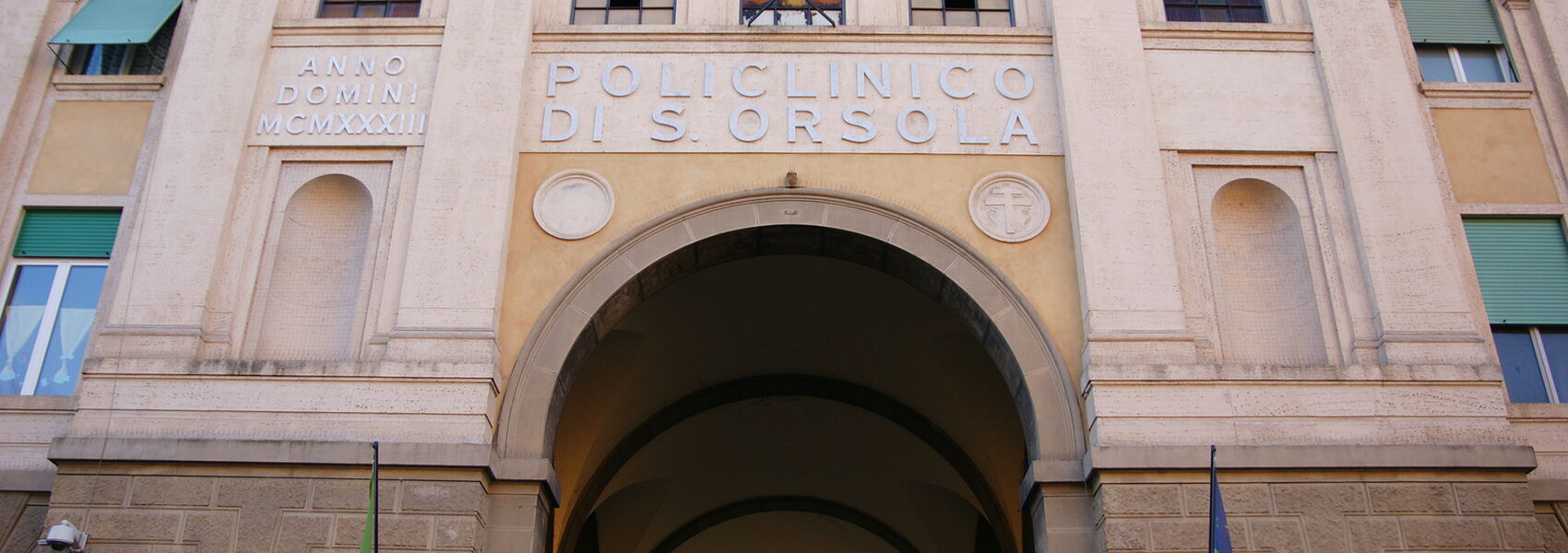eeef TAF Programme Impacts and Outcomes (2017-2021)
The eeef Technical Assistance Facility (TAF) was set up at the end of 2016 to support public authorities in preparing sustainable energy investment programmes. It received funding from the European Investment Bank, European Local Energy Assistance (ELENA) Facility under the Horizon 2020 Programme of the European Union. So far, eight public beneficiaries have been selected under this facility across Spain, Italy and Lithuania, and expect to deliver over €125.6m worth of commercially viable investments. The following charts show the eeef TA contribution and the total project size:
Figure #1: Portfolio Overview
eeef TAF Programme Impact Assessment
From 2017 to 2021, the TAF programme has been supporting energy efficiency and renewable energy measures, such as street lighting upgrade (installation of green technology, replacement of luminaries and traffic lights, networks upgrade, IoT nodes, etc.), public buildings renovation/retrofit, and renewable energy solutions, including building-integrated PV systems, aerothermal and hydrothermal systems, etc. Results show 78,506 lighting points and 180 buildings to be renovated. Conventional and historical public buildings are covered under this programme, such as offices, schools (nursery, high middle and high schools), municipal centers, auditoriums, sports facilities, gyms, swimming pools, museums, historical palaces, and university hospitals.
So far, 14 municipalities will benefit from the eeef TAF programme (including 48 elderships referring to the projects in Lithuania). The population reached through its energy-related activities will be around 1,645,500.00 inhabitants. Generally, it takes one and a half years for each municipality to publish the tender and two years to complete the preparation of the programme (selection of winner ESCO and signature of contract). However, delays might occur due to challenges, e.g., the current COVID-19 pandemic. After completing the TA programme, each project goes to the implementation phase (estimated 10 - 15 years). It comprises the construction phase, which takes two to three years for each project, continuing with the operational phase of ca.12 years. Therefore, it is expected that the benefits of the TAF programme will continue to be leveraged after two to three years of completing the project preparation. Up to now, the Ferrara TA project has been completed, and the tender of five TA projects has been published.
Additionally, the programme contributes to the EU 2030 framework for climate and energy and the 2050 climate-neutral objectives. Overall cumulative primary energy savings achieved through these eight projects will save primary energy to nearly 49,439 MWh (45.3%) and reduce CO2 emissions to 15,522 tCO2e (46.8%). The table below shows the impact measurement breakdown of each project:
Table #1: Impact measurement
eeef expects to expand its support to more regions. Currently, it is in conversations with several public authorities in Spain (País Vasco), Latvia and Romania for potential projects, subject to availability of funds. This most likely occurs in the first half of 2022.




